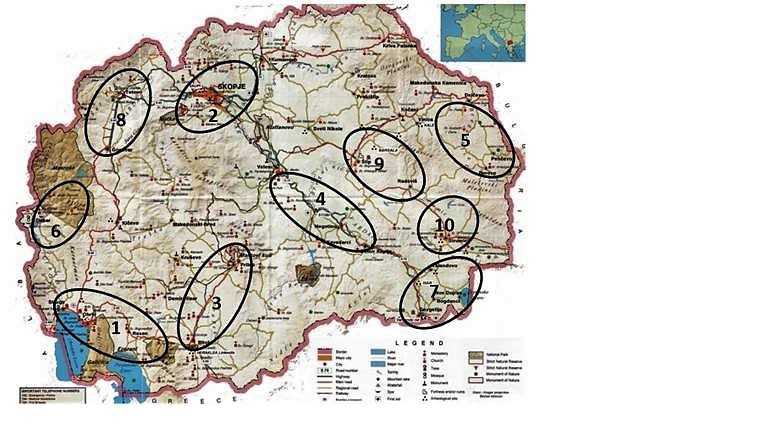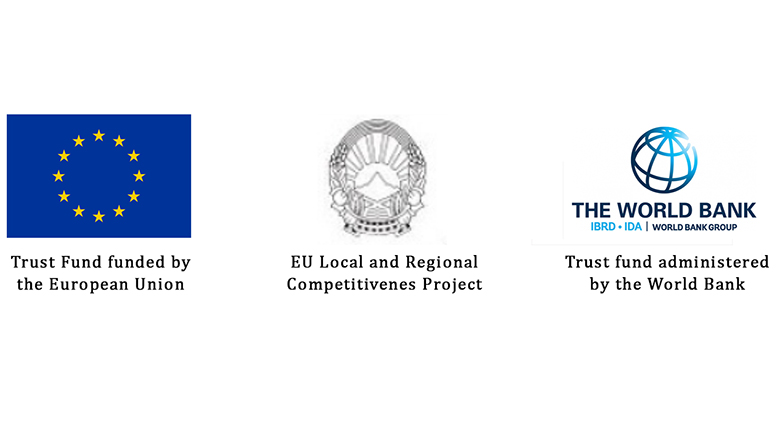Background and Objectives
The Government of the former Yugoslav Republic (FYR) of Macedonia has selected tourism as a strategic sector of focus for investment, job creation, and increased competitiveness for the period 2016-2020. To support the government, the four-year Local and Regional Competitiveness Project (LRCP) was developed, which focuses on tourism. The project, which is funded from the European Union's (EU) Instrument for Pre-accession Assistance (IPA) II Program and managed by the World Bank, began in January 2016.
LCRP aims to enhance the contribution of tourism to local economic development and improve the capacity of government and public entities in fostering tourism growth and facilitating destination management.
The project focues on two levels:
At the national level, the project will work to strengthen the institutional framework that governs the tourism sector and will help address key constraints to growth in that sector. This includes, for example, providing advice on improving data and the collection of statistics, strengthening the institutional and regulatory framework in this area, and helping to establish an effective public-private dialogue mechanism.
At the destination level, the project will work to develop functioning destination management processes at priority destinations, and to award grants (with a matching contribution requirement) to public, non-profit, and private entities to fund initiatives that will improve a visitors experience and increase the competitiveness of the destination. Grants will focus on infrastructure investment and investments in linkages and innovation.
LRCP is working in ten priority destinations across the country. These range from the established tourism centers of Ohrid and Skopje, to newly emerging destinations in the country. Each destination has the potential to increase its competitiveness and enhance the experience for visitors, thereby contributing more to the local economy through investment, job creation, and tourism revenue. The destinations, however, will not necessarily all target the same market segments.
Extensive analysis has been done to determine which types of tourist profiles are most suitable for each destination to target, to conduct value chain analyses of the market segments, and to identify gaps and opportunities. Based on this, and through destination management processes, the project will be able to identify the most appropriate types of interventions at each destination and make funding available for those that qualify.
Expected Results
The following target results are expected by the end of 2019:
- $10 million in additional private investment generated through tourism activities
- An increased number of tourism-related jobs
- Reforms identified through a consultative Public Private Dialogue (PPD) destination management process, and implemented.

